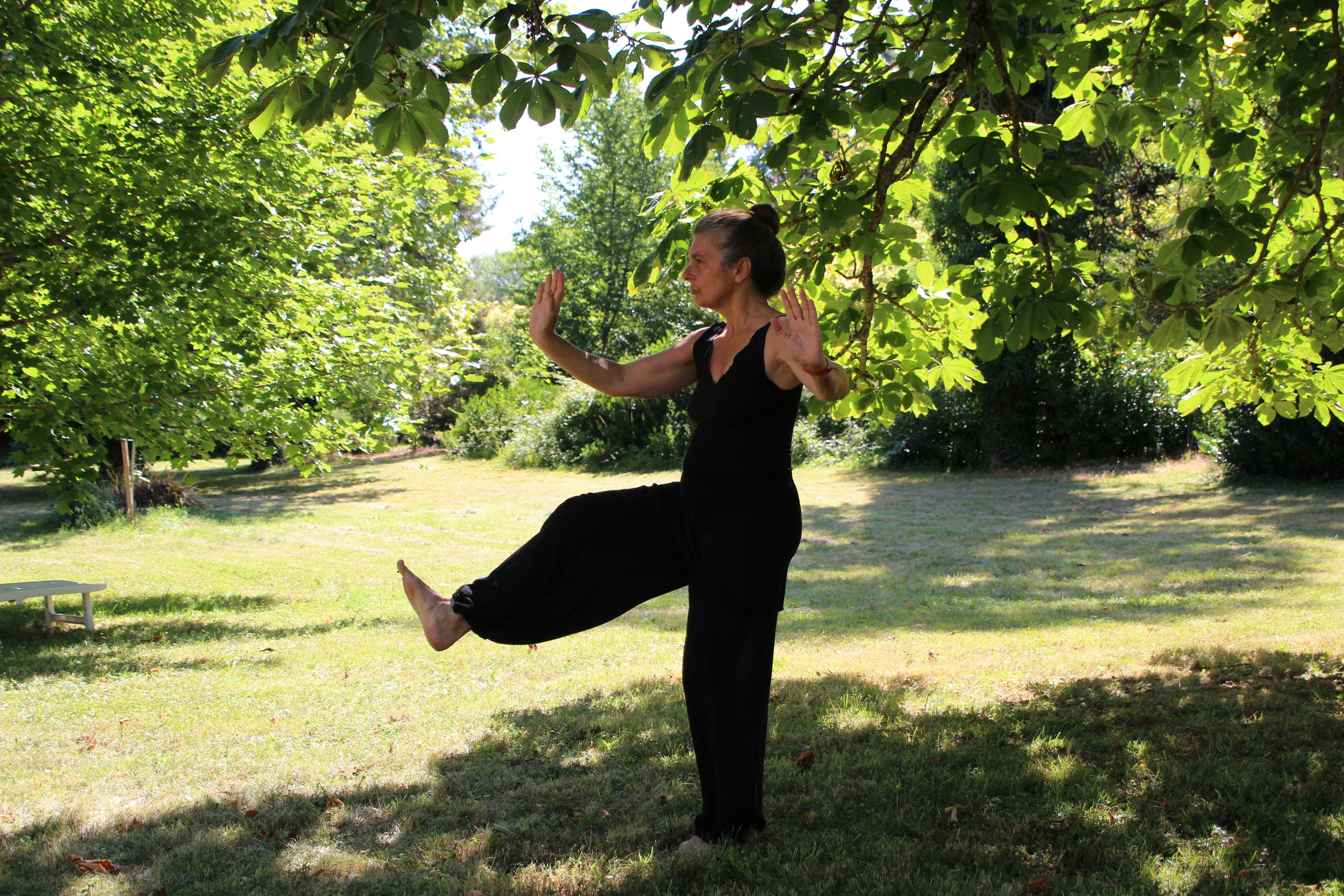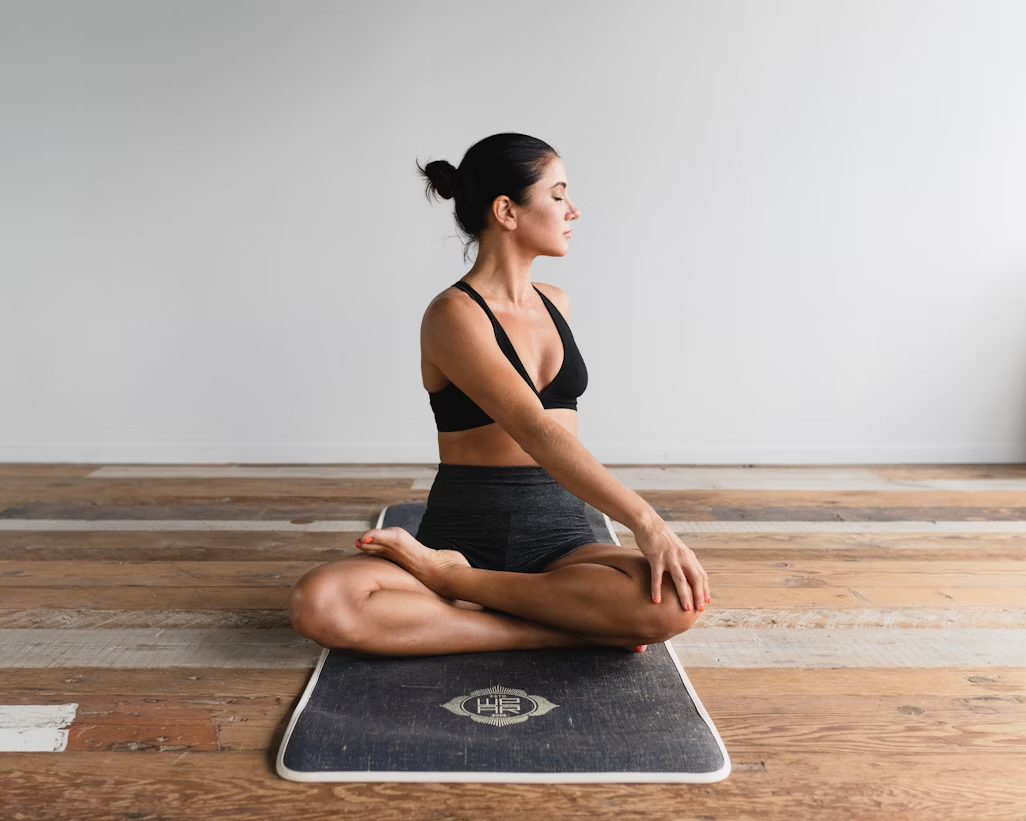
In a world that’s always moving faster, more people are turning toward slower, more mindful forms of movement to balance their physical and mental well-being. Among the most popular are Tai Chi and Yoga—two ancient practices with deep philosophical roots that offer powerful tools for health, healing, and inner peace. While they might seem similar at first glance, Tai Chi and Yoga are distinct disciplines shaped by different cultures, philosophies, and movement styles.
If you’ve ever wondered which one is right for you—or whether you can practice both—this guide will help you understand their origins, benefits, and differences. Let’s dive into Tai Chi vs. Yoga: two ancient traditions adapted for the modern world.
Tai Chi Chuan (Taijiquan) originated in China over 700 years ago, though its philosophical roots go back even further, drawing from Taoism, Confucianism, and Traditional Chinese Medicine (TCM). Originally developed as a martial art, Tai Chi emphasizes balance, breath, and internal energy (qi or chi). The term “Tai Chi” refers to the “Supreme Ultimate,” representing the balance of yin and yang—opposing yet complementary forces in the universe.
Over time, Tai Chi evolved from a combat system into a form of moving meditation practiced for health, longevity, and spiritual cultivation. Its slow, fluid movements encourage harmony between the mind and body, cultivating awareness, internal strength, and calmness.
Yoga originated in India thousands of years ago as a spiritual and philosophical practice grounded in Hindu, Buddhist, and Jain traditions. The word yoga comes from the Sanskrit root yuj, meaning "to yoke" or "to unite"—symbolizing the union of body, mind, and spirit.
Yoga is a holistic discipline that includes:
Modern yoga classes typically emphasize the physical and mental benefits of asana and pranayama, though their full spectrum extends far beyond what’s seen in Western studios.
Glo | Online yoga, meditation, & Pilates app for all levels
Tai Chi is characterized by slow, deliberate movements that flow into one another like a dance. Practitioners follow a set sequence or “form,” which can range from short 10-minute routines to intricate sequences lasting an hour or more. Every motion is purposeful, rooted in martial application, but softened to promote relaxation and internal energy flow.
There are multiple styles of Tai Chi, including Chen, Yang, Wu, and Sun, each with its own rhythm and level of intensity.

Yoga’s movement patterns vary widely depending on the style, from slow and gentle (Yin, Hatha) to fast-paced and athletic (Vinyasa, Ashtanga, Power Yoga). Unlike Tai Chi’s constant motion, yoga often involves holding poses (asanas) for several breaths to build strength, flexibility, and concentration.
Both Tai Chi and Yoga are renowned for their holistic impact on physical, mental, and emotional well-being. Though they originate from different cultural and philosophical traditions—Tai Chi from ancient China and Yoga from ancient India—they share many common benefits and have been extensively studied for their healing potential.
In terms of balance and coordination, Tai Chi stands out, especially for older adults or those recovering from injury. Its slow, intentional movements enhance proprioception (the body’s sense of position in space) and can significantly reduce the risk of falls. Yoga also improves balance through static poses like Tree Pose or Warrior III, which challenge the practitioner to engage stabilizing muscles and maintain posture over time.
When it comes to flexibility, both practices offer gradual and safe improvement. Tai Chi increases flexibility through continuous, flowing movements that gently open the joints and loosen tight muscles. Yoga, on the other hand, often emphasizes deeper stretching through static postures that lengthen muscle groups and release built-up tension in the connective tissues.

In the area of strength, both disciplines help develop physical power, but in different ways. Tai Chi focuses on cultivating gentle, internal strength by integrating breath, body alignment, and intention—often referred to as "soft power" or "internal force." Yoga builds muscle strength more directly through weight-bearing poses like Plank, Chair, or Downward Dog, which engage major muscle groups and improve endurance over time.
Stress relief is a cornerstone of both practices. Tai Chi’s rhythmic, meditative motion is deeply calming, creating a tranquil state similar to moving meditation. Its emphasis on smooth transitions and breath awareness helps regulate the nervous system. Yoga also significantly reduces stress by lowering cortisol levels and engaging practitioners in mindfulness through breathwork and focused attention. Practices such as Yin Yoga or Restorative Yoga are especially effective for deep relaxation.
In terms of breath awareness, Tai Chi integrates breath naturally with movement, encouraging practitioners to synchronize inhalation and exhalation with the shifting of weight and flow of motion. Yoga typically places more explicit emphasis on breath control through techniques like pranayama—intentional breathing exercises that can energize or calm the body and mind depending on the desired outcome.
Both practices also enhance mental clarity. Tai Chi cultivates a focused, meditative state by requiring continuous attention to posture, balance, and energy flow. The result is often a clearer, more grounded mental state. Yoga supports mental clarity by promoting self-awareness and emotional regulation; through the quiet of stillness or the effort of dynamic sequences, practitioners learn to observe their thoughts, process emotions, and cultivate inner peace.
Regarding chronic pain relief, both Tai Chi and Yoga have been shown to help manage long-term conditions. Tai Chi has been particularly beneficial for individuals with arthritis, fibromyalgia, and other joint-related concerns, thanks to its low-impact, joint-friendly movements. Yoga is often prescribed for back pain, joint stiffness, and muscular imbalances. Gentle yoga sequences can enhance mobility and reduce inflammation, making both practices accessible to people managing persistent discomfort.
Learning Guide for Tai Chi for Osteoporosis by Dr Paul Lam
Finally, both offer pathways for spiritual growth, though in different ways. Tai Chi is grounded in Taoist philosophy and emphasizes living in harmony with the rhythms of nature. Practitioners often report a deepening sense of connection to the universe and a flowing sense of energy or "Qi." Yoga, on the other hand, draws on the yogic path of self-realization, which includes ethical principles, meditation, and an inquiry into the self. For some, yoga becomes not just a physical discipline, but a spiritual journey toward inner truth and transcendence.
Scientific studies back up the value of both practices for improving cardiovascular health, immune function, and mental well-being, especially when practiced consistently over time. Researchers have noted improvements in heart rate variability, reductions in anxiety and depression symptoms, and enhanced immune response in regular practitioners of both Yoga and Tai Chi. While their styles may differ, their shared emphasis on breath, movement, mindfulness, and presence makes them powerful tools for cultivating long-lasting health, physically, mentally, and spiritually.
Though both are widely practiced in secular settings today, Tai Chi and Yoga are deeply rooted in spiritual philosophies that shape how they are traditionally practiced.
If you’re drawn to introspective spirituality and meditative stillness, both practices offer rich traditions to explore. However, the extent to which these spiritual elements are included depends on the teacher and setting.
Here’s a breakdown of what to consider when deciding between Tai Chi and Yoga:

Tai Chi and Yoga are complementary, not mutually exclusive. Many people alternate between the two, or even integrate aspects of each into their daily routines. Practicing both can provide a well-rounded approach to health and inner peace, enhancing your ability to respond to stress, stay mobile, and cultivate body awareness.
Both practices have been widely adopted in wellness communities around the world, but they’ve also changed in the process.
Today, you can find chair yoga and seated Tai Chi, yoga for trauma recovery, and Tai Chi for Parkinson’s disease. These adaptations make both practices accessible to people of all ages and abilities.
Tai Chi and Yoga are more than exercise—they’re lifelong practices that connect movement with mindfulness. Whether you’re seeking stress relief, physical healing, or spiritual insight, both offer profound benefits rooted in ancient wisdom.
In the end, choosing between Tai Chi and Yoga doesn’t have to be an either/or decision. It’s about listening to your body, honoring your intentions, and exploring the practices that nourish your unique journey.
Try a class. Watch a video. Experiment. Reflect. And most importantly, keep moving even when it’s hard.